With Budget 2024, Putrajaya set to cut back on long-established subsidies in trek to fiscal health
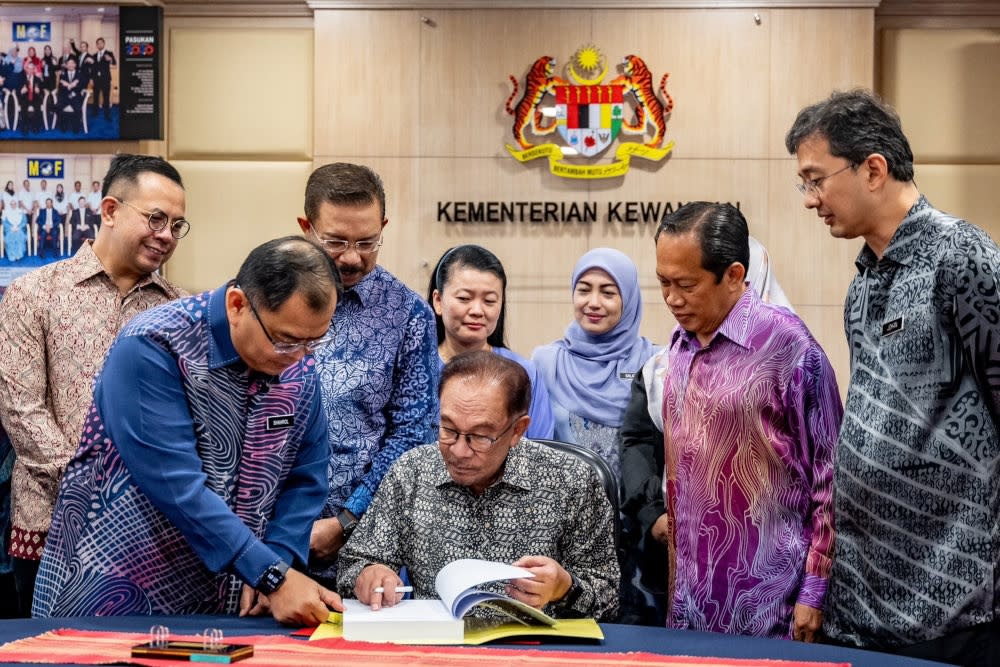
KUALA LUMPUR, Oct 13 — Prime Minister Datuk Seri Anwar Ibrahim will today table his second Budget since coming into power, and the spotlight will be on his plans to move away from blanket subsidy towards a more targeted measure.
With spending on subsidies gradually ballooning over the years, this rationalisation is expected to be the focus of his first few years in this term to steer the country towards fiscal sustainability as part of his Madani Economy framework.
Last month, Anwar said details on the implementation of targeted subsidies would be presented during the tabling of the Budget, with him later providing assurance that any subsidy rationalisation would not burden the middle and lower-income groups.
Based on the hints provided by Anwar and his Cabinet — such as Economy Minister Rafizi Ramli, and deputy finance ministers Datuk Seri Ahmad Maslan and Steven Sim Chee Keong — diesel subsidies would be at the top of the list.
In February, Anwar divulged that while Putrajaya had spent RM20 billion in diesel subsidy in 2022, only half of that volume was sold through petrol stations. This, Anwar said, showed that at least between RM5 to 6 billion could be saved by plugging that leakage.
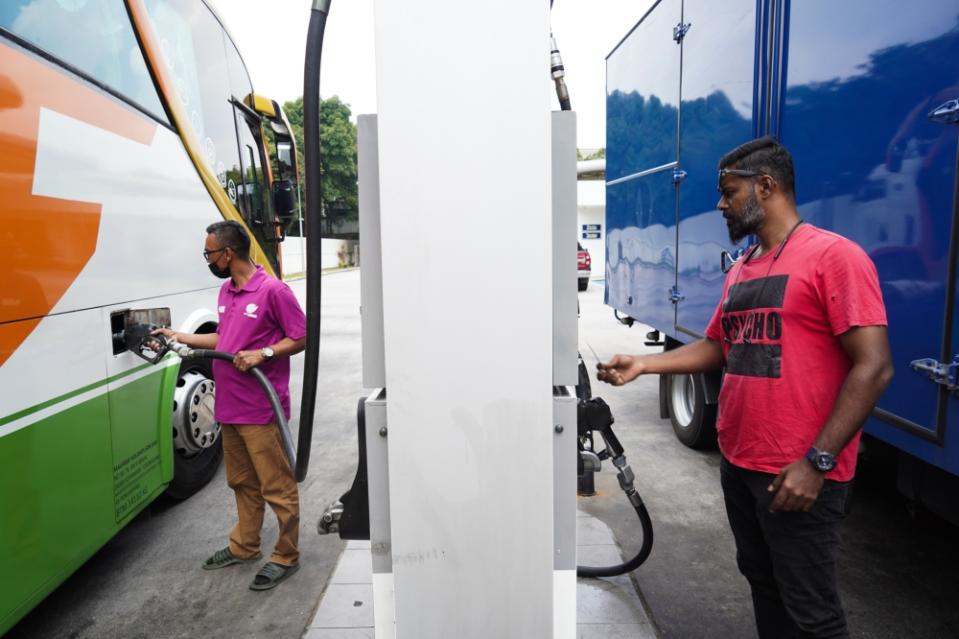
Buses refuelling diesel at a petrol station in Petaling Jaya, October 12, 2023. In February, Datuk Seri Anwar Ibrahim divulged that while Putrajaya had spent RM20 billion in diesel subsidy in 2022, only half of that volume was sold through petrol stations. — Picture by Ahmad Zamzahuri
Meanwhile, in March, Ahmad Maslan also assured the public that the move would not be applied to school buses and public transport so as to avoid fare hikes.
Furthermore, Putrajaya is also expected to expand its cuts on electricity subsidies following a successful move this year which Sim said had saved Putrajaya RM4.1 billion in the first half of 2023.
The Agriculture and Food Security Ministry and the Domestic Trade and Cost of Living Ministry had in July announced the continuation of subsidy for egg and chicken production to retain price controls, but with supply getting more stable the subsidy which has cost around RM3.77 billion may also be halted.
It is understood that any implementation of a targeted subsidy for RON95 petrol is nowhere near finalised, with RHB Research saying last month that this “could take a longer time as it involves a larger user base”.
Back in June, Anwar had defended his government’s subsidy restructuring programme to benefit targeted groups fairly by leaving out Malaysia’s affluent households — who are said to make up roughly the top 20 per cent of income earners.
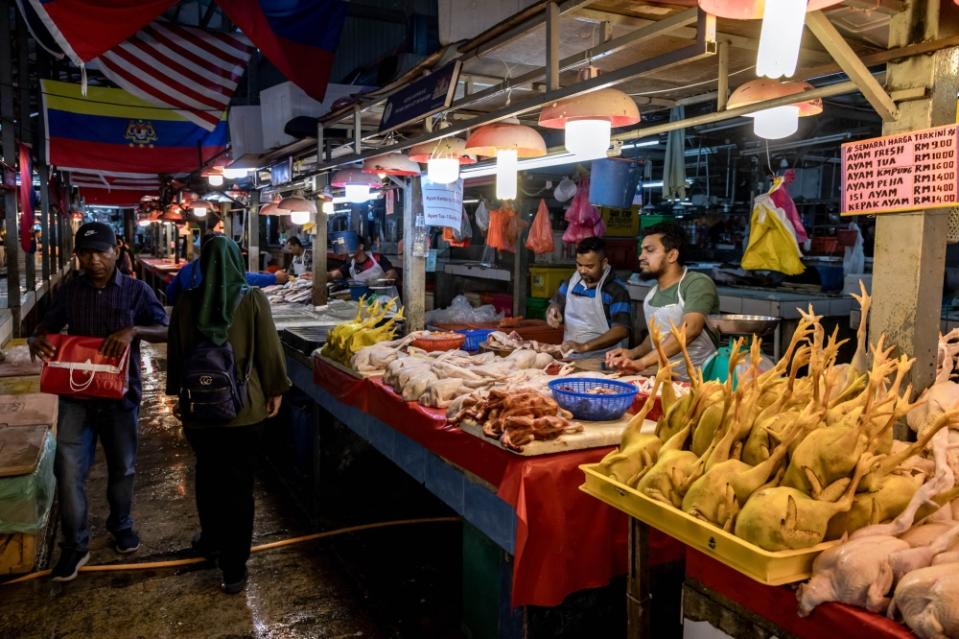
Slaughtered chickens are displayed for sale at the Chow Kit wet market in Kuala Lumpur October 12, 2023. — Picture by Firdaus Latif
“Targeted subsidy means it’s for the people, not the very rich. At the moment things like Tabung Haji or electricity we’re giving to all including the rich. Give it to the needy instead,” Anwar reportedly said.
Yet the federal government’s intention to impose subsidy cuts should not come as a surprise as government spending has swelled over the years amid rising crude oil prices, global supply chain disruptions, the Covid-19 pandemic and the ongoing Russia-Ukraine war.
“Unless we do something about it, our fiscal position will become weaker and weaker, and that will take away the country’s ability to allocate resources, especially on investments or development expenditure that can redirect and refocus this economy towards those sectors that we have targeted,” Rafizi had said back in January.
In fact, the Auditor-General’s (A-G) report on Putrajaya’s financial statement for 2022 released earlier this week revealed that Putrajaya spent a total of RM55.4 billion on subsidies alone in 2022, a whopping 322.1 per cent increase or RM42.3 billion as compared to the previous year.
Out of this, subsidies for petroleum products were the highest at RM45.2 billion or 81.5 per cent of the total subsidies expenditure.

A man walks pass the cooking oil section at a supermarket in Kuala Langat, October 3, 2023. — Picture by Sayuti Zainudin
Separately, the A-G also said subsidies involving cooking oil and food aid totalled to RM2.5 billion, an increase of RM1.4 billion or 135.5 per cent compared to 2021 (RM1 billion).
The total was also a significant increase from 2018, when government subsidies spending only amounted to RM8.5 billion that year.
Earlier this month, Anwar said this would further balloon to exceed RM81 billion this year.
In Malaysia, the federal government currently subsidises petroleum products, electricity, food products (cooking oil, eggs and chicken) and toll compensations.
Petroleum product subsidies by the government included RON95, diesel and liquefied petroleum gas (LPG) while electricity bills are subsidies under the government’s Imbalance Cost Pass-Through (ICPT) mechanism.
Think tank Socio-Economic Research Centre executive director Lee Heng Guie said the government’s intended subsidy rationalisation plan is necessary in the present circumstances to alleviate the existing burden on the state’s fiscal deficit.
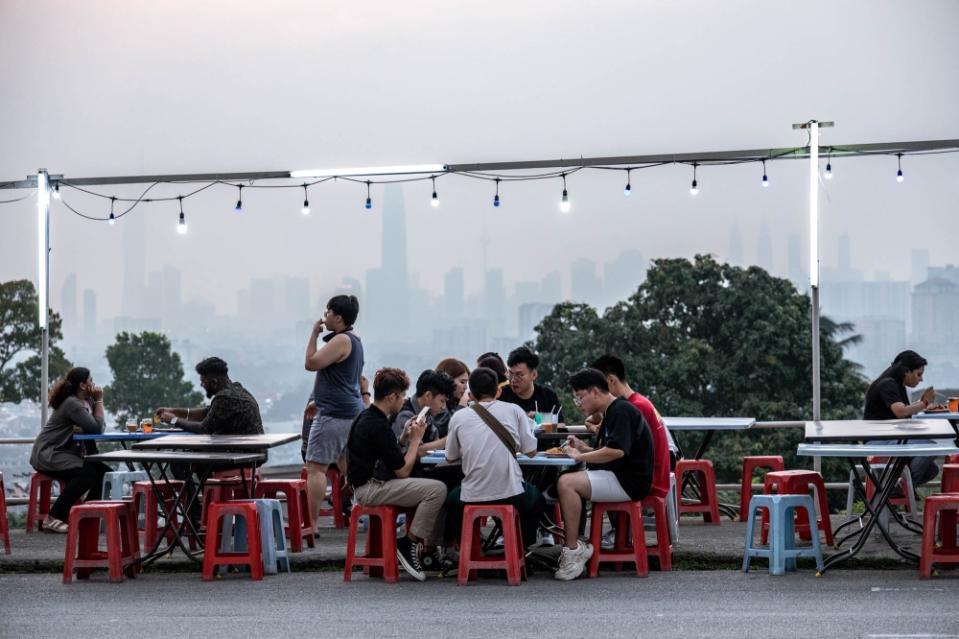
Customers dine at a restaurant in Kuala Lumpur, October 12, 2023. — Picture by Firdaus Latif
“Love it or hate it, you have to do better [subsidies] targeting, if we continue to subsidise that could encourage wasteful consumption and inefficient allocation of resources.
“As better targeting subsidies is a complex process, both technically and politically, buy-in from the public is crucial to ensure success,” he told Malay Mail when contacted.
Lee said any implementation of price subsidy reforms must take account of the three “Cs”: credibility, comprehensiveness and communication.
“We need to educate people and explain to the people where these reallocated funds are going, for example, betterment of public transport, public healthcare or social security.
“When you do it, definitely some people will be affected, so we have to explain how we will help them to mitigate the impact on prices either in the form of cash aid or other forms because we want to make sure whatever money they receive to counter the effects of subsidy cuts will be used wisely as well,” he said.
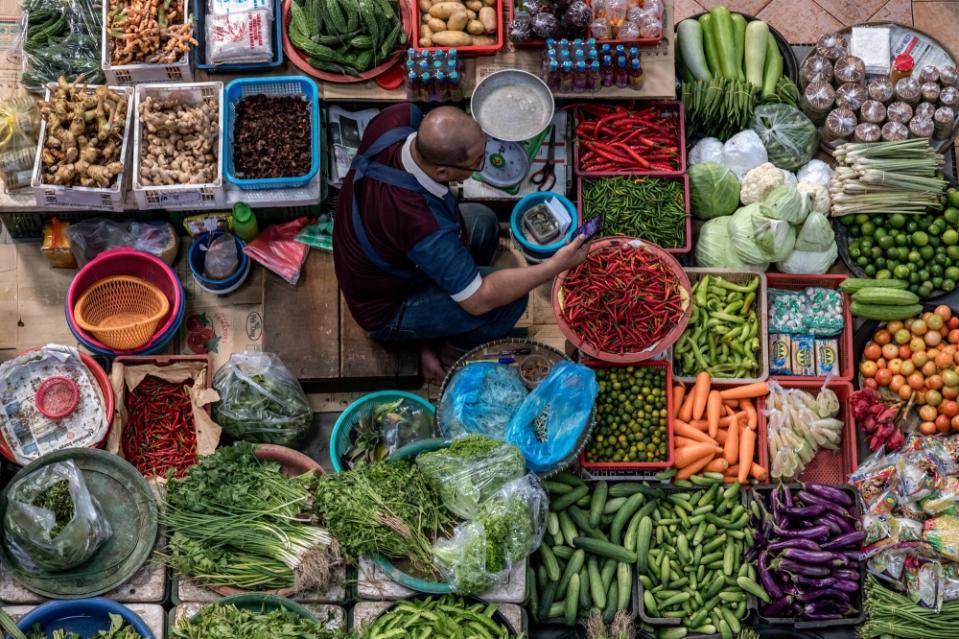
A vevdor waits for customers at the Siti Khadijah market in Kota Baru, Kelantan, October 12, 2023. The A-G also said subsidies involving cooking oil and food aid totalled to RM2.5 billion, an increase of RM1.4 billion or 135.5 per cent compared to 2021 (RM1 billion). — Picture by Firdaus Latif
He also said the success of said policy shift also hinges on a comprehensive and transparent mechanism with clear objectives to deliver outcomes.
Achieving fiscal sustainability is a main target of the Anwar administration, as it aims to achieve a fiscal deficit of 3.5 per cent of the gross domestic product (GDP) by 2025, and a debt-to-GDP ratio of around 60 per cent.
Earlier this week, the A-G said the government’s fiscal deficit stood at RM99.48 billion in 2022, which was a fall in deficit-to-GDP ratio to 5.6 per cent from 6.4 per cent in 2021 despite an increase in value.
Meanwhile, the federal statutory debt was at RM1.03 trillion or 57.6 per cent of GDP — below the debt ceiling which was raised to 65 per cent between November 18, 2021 and December 31, 2022, from 60 per cent. This was expected to rise to 63.5 per cent this year.



